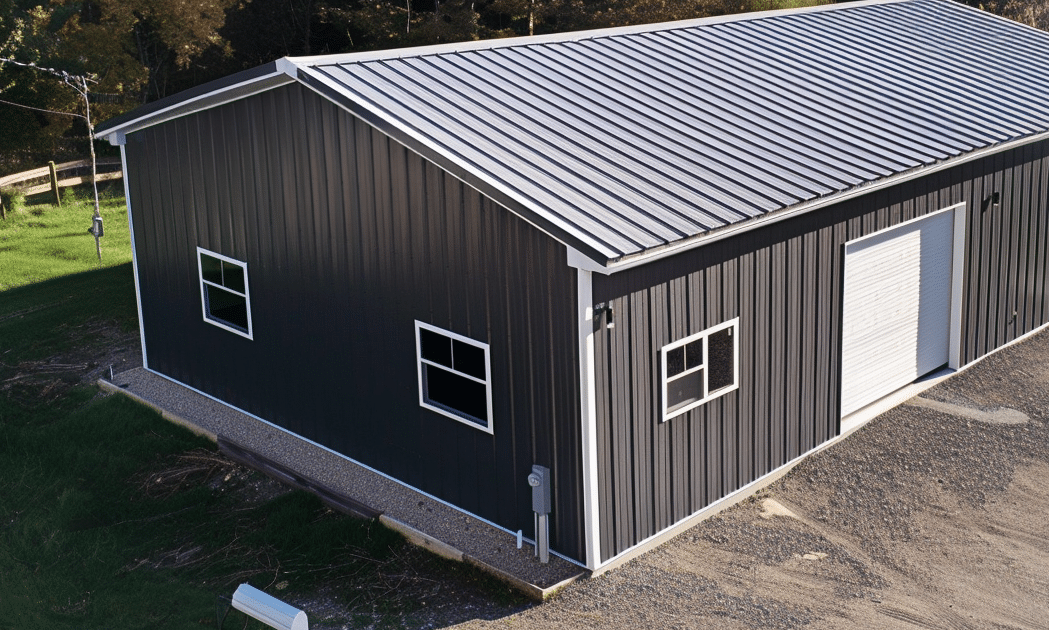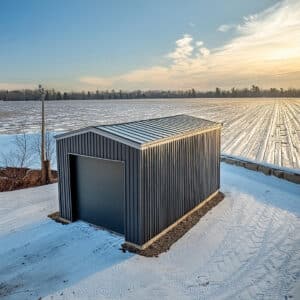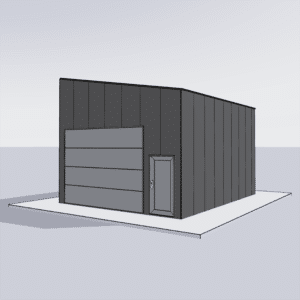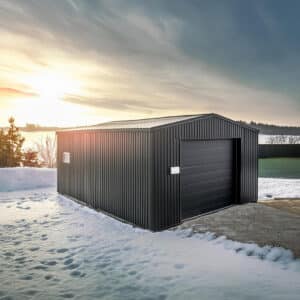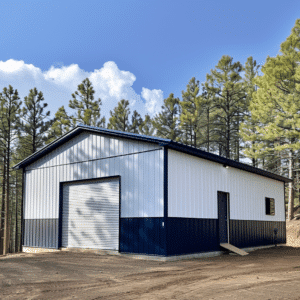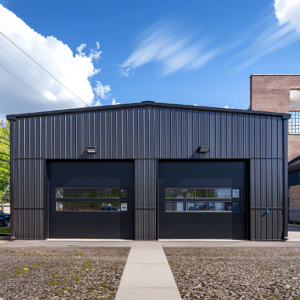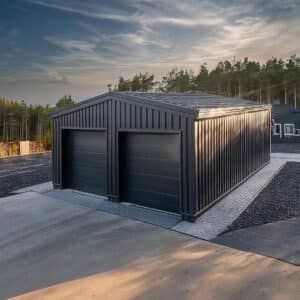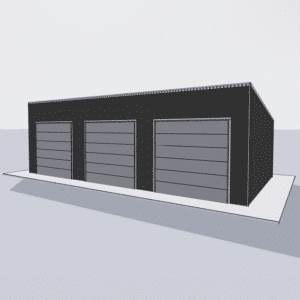Introduction
In the industry of constructing industrial steel buildings, ensuring that the floor load capacity meets the weight demands is paramount. When we talk about floor load capacity, we’re referring to the amount of weight that a floor can safely support. But why is understanding floor load capacity so critical? Imagine building a magnificent structure only to find that the floor can’t support the machinery or inventory it needs to house. This essential aspect of construction not only ensures safety and functionality but also enhances the longevity and usability of your building. Let’s dive deep into the mechanics and importance of floor load capacity in industrial steel buildings.
Why Floor Load Capacity Matters
The floor load capacity of any industrial building is not just a meticulous detail; it’s a cornerstone for operational success. Without proper planning and evaluation, the risk of structural failure becomes a looming threat. When we contemplate the bustle of activities within industrial spaces — from heavy equipment operation to resource storage — having a robust floor is non-negotiable. Equip your facility to shoulder the load, literally, with diligence and precision; consider it the very foundation of your business’s operational reliability.
The Mechanics Behind Floor Load Capacity
Understanding the mechanics behind floor load capacity begins with comprehending that load-bearing structures distribute weight across specified points. For a industrial steel building, these crucial points include the beams, columns, and floor joists, meticulously calculated to ensure they align with your operation’s specifications. The materials employed, from the robustness of steel to the concrete’s density, play a pivotal role in how weight is managed and distributed over time.
Designing for Load: Key Considerations
When designing your industrial steel building’s floor load capacity, several factors need consideration. First, determine what activities will take place in the space. For instance, a warehouse storing light materials will differ markedly in floor needs from a manufacturing plant housing colossal machinery. Additionally, the geographic location of your building can impose additional requirements due to weather conditions and seismic activity. Ensuring your design accounts for these elements is where expertise in residential steel building design comes into play, offering insight into optimal structure strategies that consider all potential external pressures.
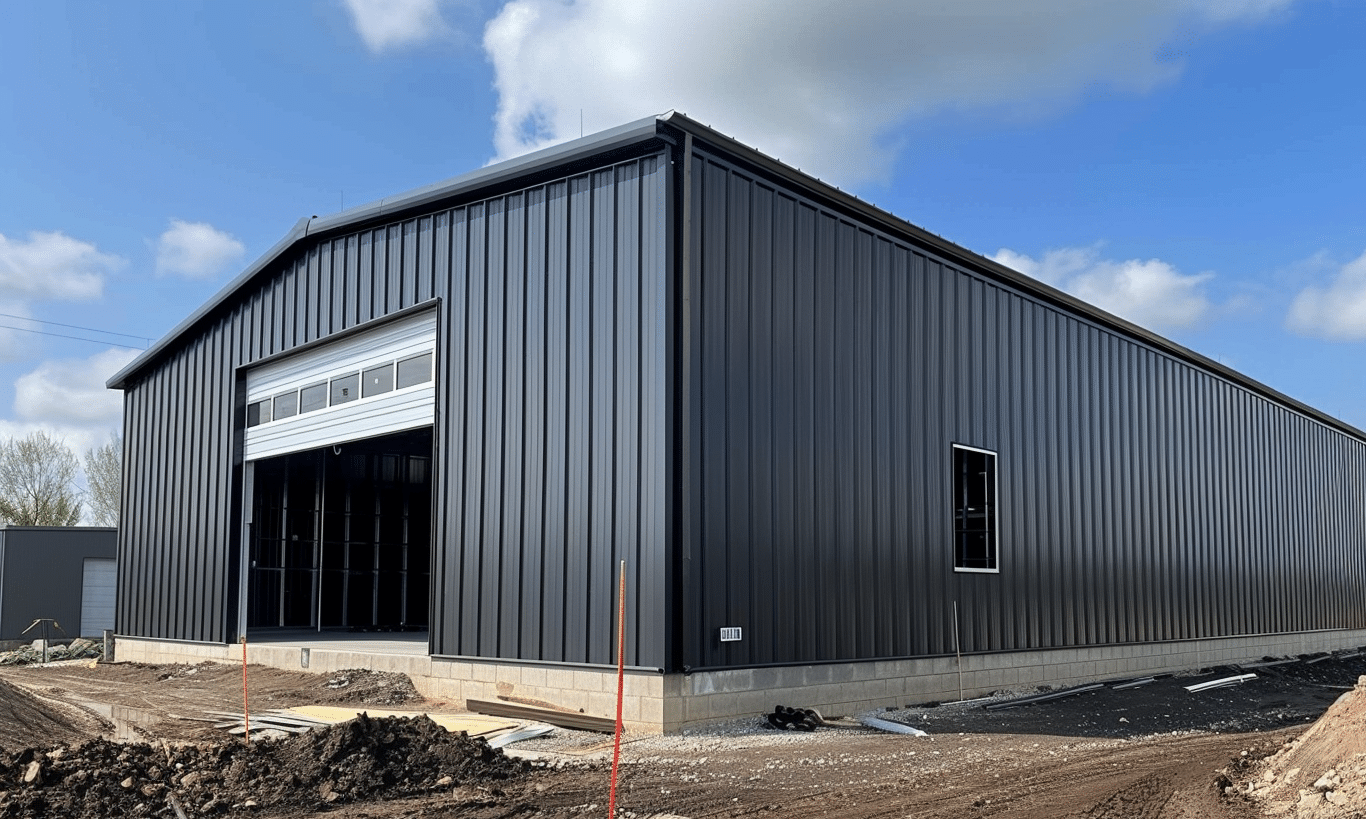
Evaluating Load Capacity with Precision
The evaluation of your floor load capacity involves a collaborative effort between architects and engineers. Utilizing engineered drawings for structural integrity ensures meticulous attention to detail at every stage of planning. These drawings will provide vital information such as load limits, distribution schemes, and safety margins. Running simulations under various scenarios can help foresee potential vulnerabilities, equipping your structure to effectively tackle real-world demands.
Adapting to Overloads and Compliance
In practice, industrial spaces often encounter operational changes that can affect load capacity demands. As your business grows, so too might the weight demands on your floors. This requires adaptability in design and constant monitoring of structural integrity. Investing in the latest industry standards guides, such as the Industrial Steel Structures, 2nd Edition, will keep you abreast of compliance, ensuring safety and effectiveness as your needs evolve. Moreover, maintaining compliance with local building codes is non-negotiable, offering peace of mind that every operational need is met within established safety frameworks.
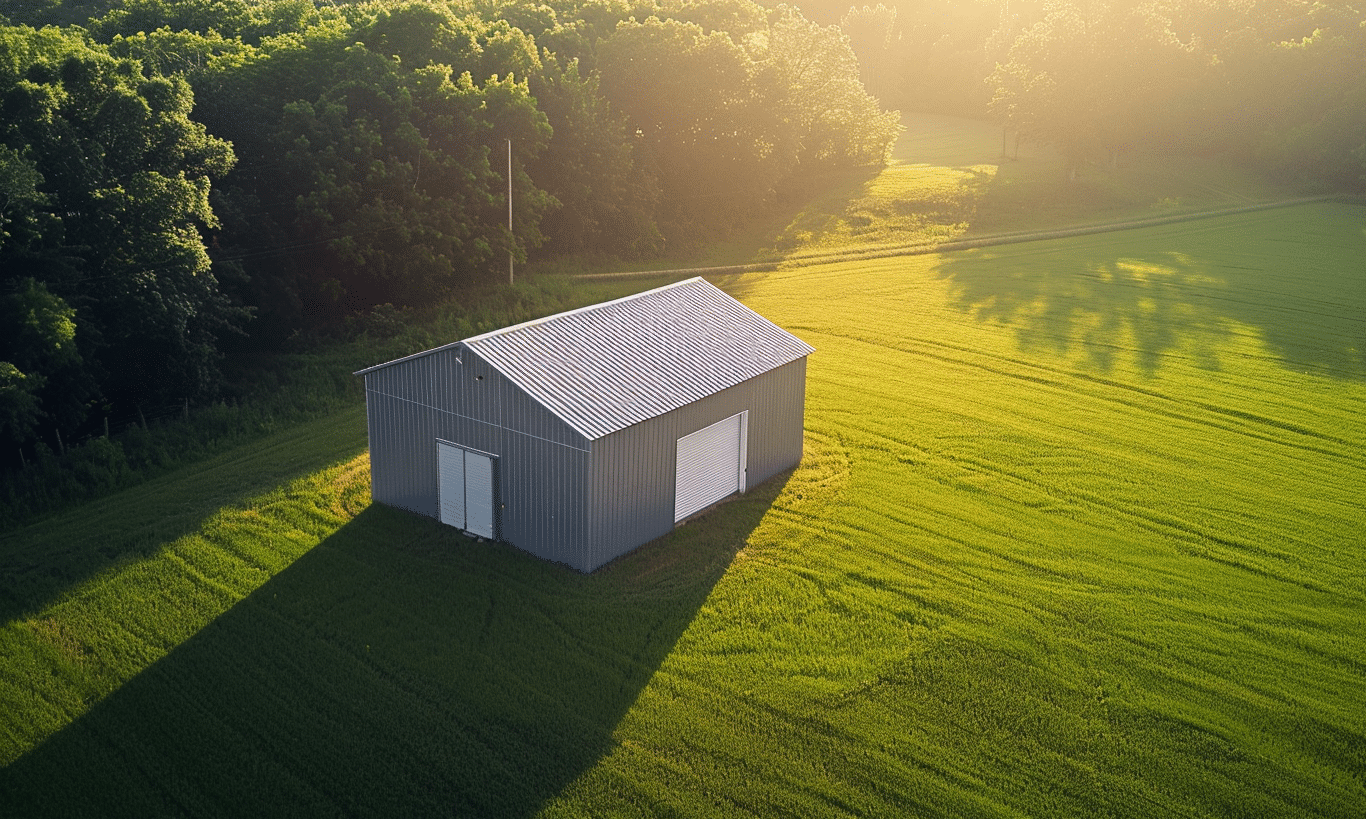
Advanced Considerations for Extreme Conditions
Beyond standard load capacity evaluations, it’s essential to consider how your structure will perform under extreme conditions, such as earthquakes, intense winds, or flooding. An industrial building designed for seismic resilience ensures that your operations remain uninterrupted and your personnel safe. Resources like Seismic Safety and Beyond: Industrial Steel for Extreme Conditions provide comprehensive insights into creating structures that are as durable as they are versatile, particularly in unpredictable environments.
Regular Monitoring and Maintenance
Once your industrial steel building is up and running, the responsibility doesn’t end. Regular monitoring and maintenance of your floors are crucial to identifying any shifting, cracking, or other signs of stress early on. Implementing a proactive maintenance schedule prolongs the lifespan of not just the floors, but the entire building.
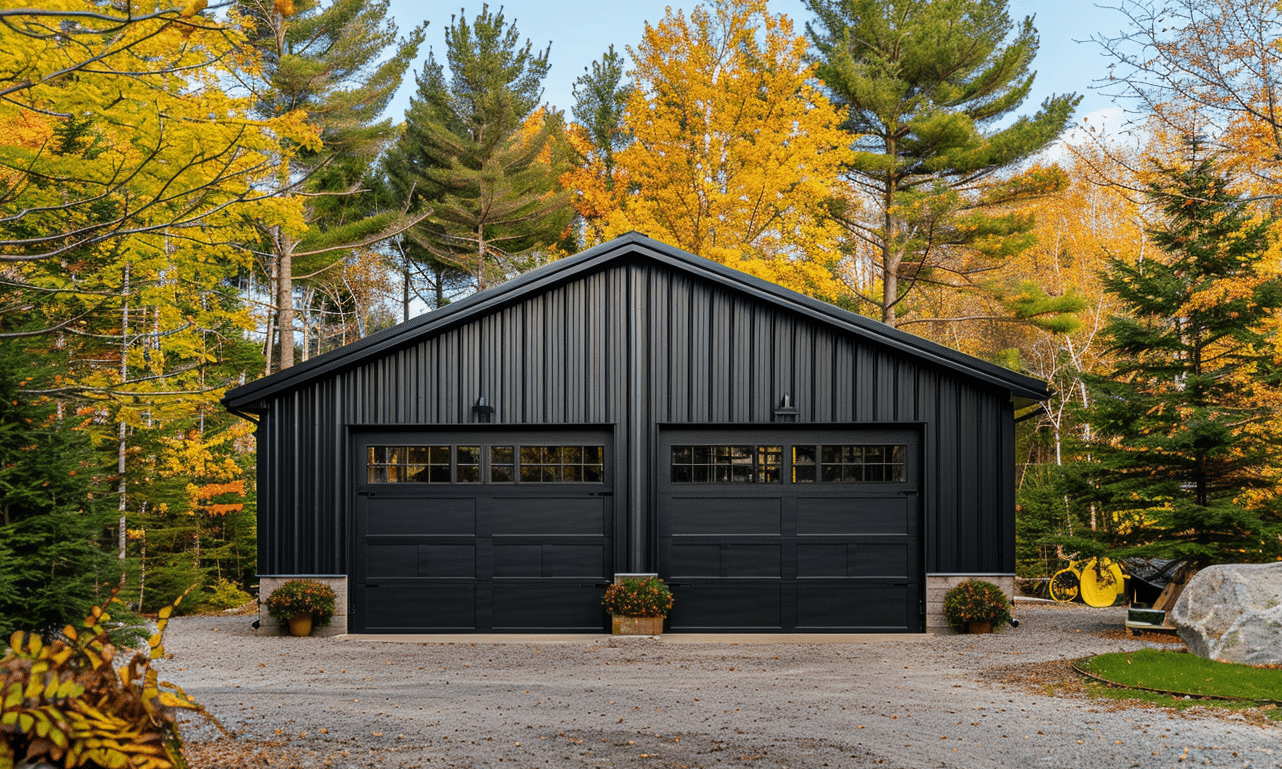
Conclusion
In the world of industrial steel buildings, understanding and implementing proper floor load capacity can enhance efficiency, safety, and compliance, providing a robust foundation for your business operations. Every detail — from the materials used to the design and construction — plays a vital role in creating a space that not only functions today but is prepared for the demands of tomorrow’s growth. Whether you’re just beginning your construction journey or seeking ways to optimize existing spaces, consider the floor load capacity as both a starting point and an ongoing commitment to your business’s enduring success.


